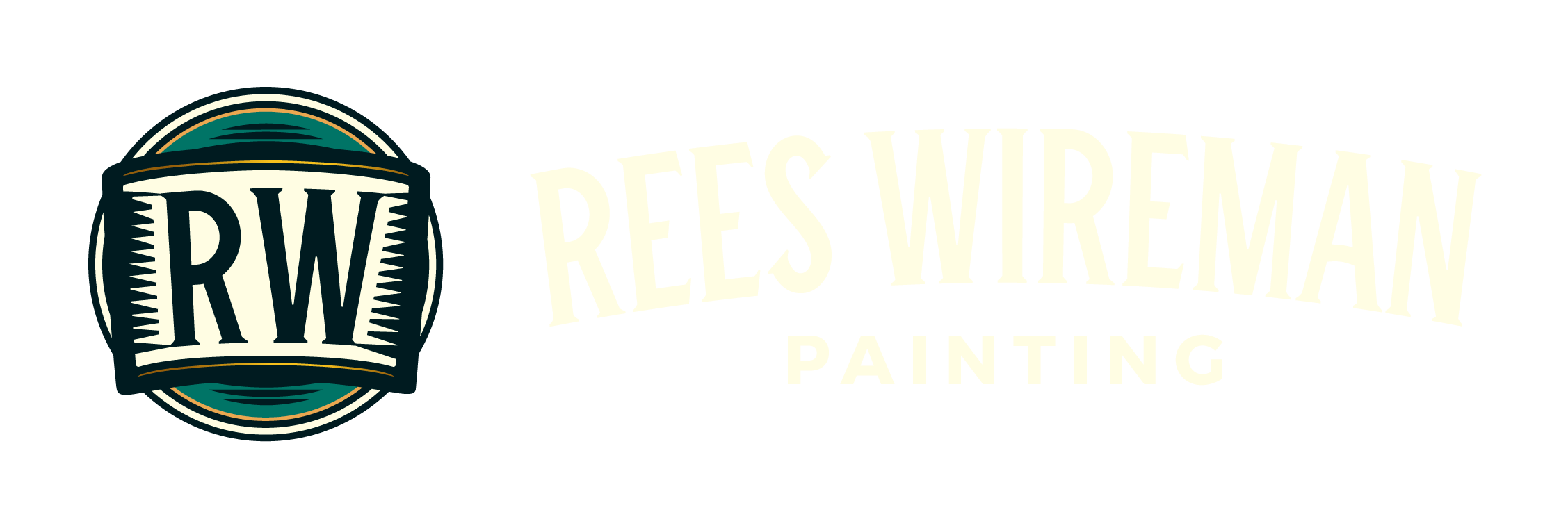Five Steps to Proper Steel Painting

Painting steel surfaces is not just about adding color; it’s about protecting the material from corrosion, enhancing its appearance, and ensuring durability. Whether you’re painting industrial equipment, structural steel, or decorative elements, focusing on the right areas can make a significant difference in the quality and longevity of the finish. In this guide, we’ll explore the essential aspects to consider when painting steel to achieve a professional and lasting result.
1. Surface Preparation
The key to a successful paint job on steel begins with thorough surface preparation. Remove any existing paint, rust, dirt, grease, or contaminants from the surface using appropriate methods such as wire brushing, sandblasting, or chemical cleaning. A clean and properly prepared surface ensures better adhesion of the paint and prevents premature peeling or chipping.
2. Choosing the Right Paint and Primer
Selecting the correct type of paint and primer is crucial for the performance of your steel coating. Consider factors such as the environment (indoor or outdoor), exposure to chemicals or harsh weather conditions, and desired finish (glossy, matte, or textured). Epoxy primers are often recommended for steel as they provide excellent adhesion and corrosion resistance.
3. Application Techniques
When applying paint to steel, use appropriate techniques such as brushing, rolling, or spraying depending on the size and complexity of the surface. Ensure proper ventilation and follow manufacturer guidelines for mixing and thinning the paint. Apply multiple thin coats rather than a single thick coat for better coverage and a smoother finish.
4. Addressing Corrosion and Rust
Steel is susceptible to corrosion and rust, especially in outdoor or high-moisture environments. Incorporate rust inhibitors or corrosion-resistant paints into your coating system to protect the steel from deteriorating over time. Regular inspections and touch-ups can also help prevent corrosion from spreading.
5. Maintenance and Care
Once the steel is painted, proper maintenance is essential to preserve the finish and extend its lifespan. Clean the painted surfaces regularly to remove dirt and grime, and address any scratches or damage promptly to prevent moisture ingress and further deterioration. Consider applying a clear protective topcoat for added durability and UV resistance.
In conclusion, painting steel requires attention to detail, proper preparation, and the use of high-quality materials. By focusing on surface preparation, choosing the right paint and primer, using proper application techniques, addressing corrosion issues, and implementing regular maintenance, you can achieve a durable and aesthetically pleasing finish that enhances the longevity and value of your steel structures and components.
Request a Free Estimate
Fill out this short form and a representative from Rees Wireman Painting will contact you shortly.
Request a Free Estimate
This site is protected by reCAPTCHA and the Google Privacy Policy and Terms of Service apply.
